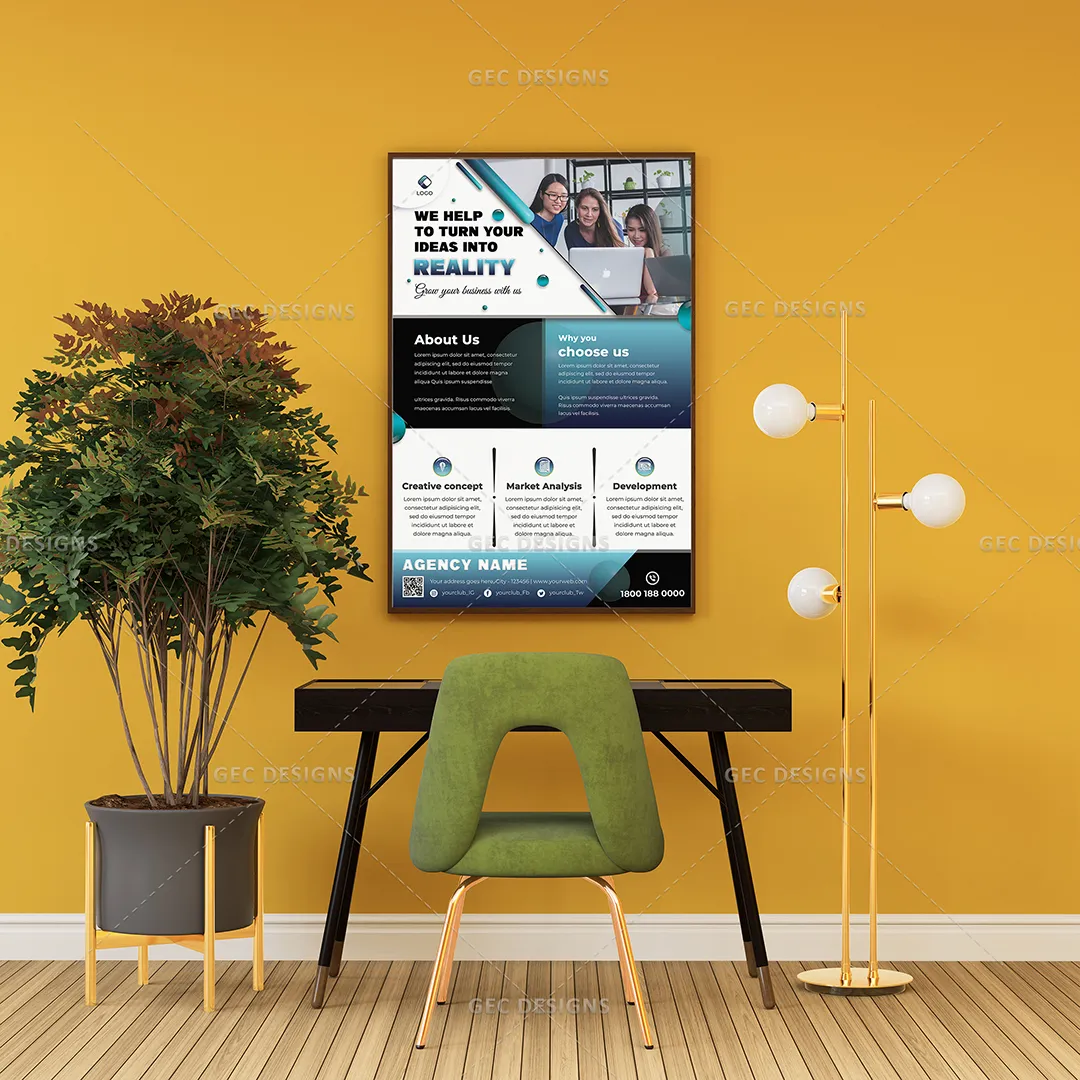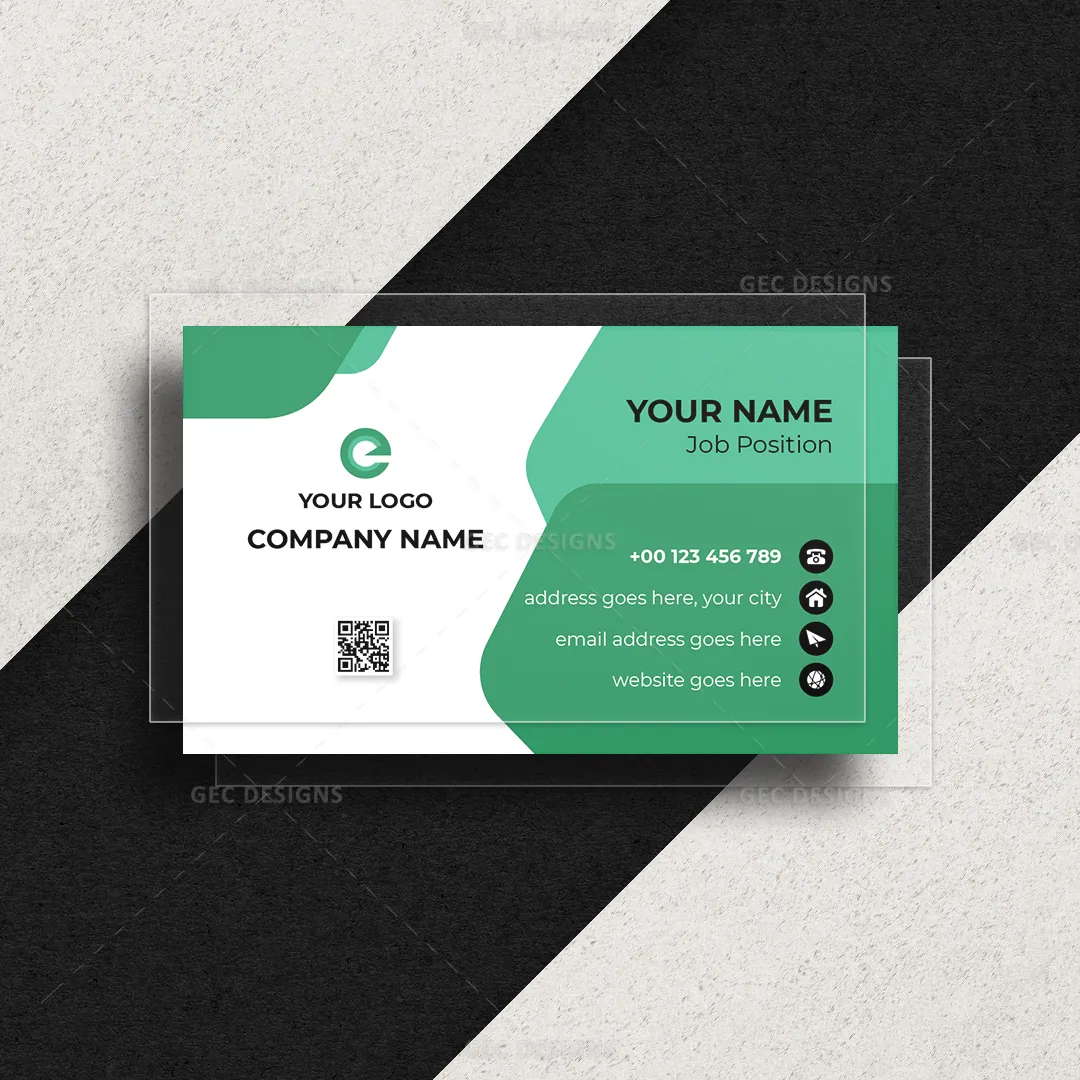Tips to use pop-ups on your website without hurting your SEO ranking
Learn how to use website pop-ups effectively without negatively impacting your SEO ranking. We delve into Google's guidelines, the dos and don'ts of pop-up usage, and strategies to enhance user experience. Discover how pop-ups, when used right, can boost conversions and engage your audience at the perfect moment. Explore the benefits of incorporating pop-ups into your website strategy and gain valuable insights on optimizing your pop-up design. Don't miss out on these tips to make pop-ups work for your website and SEO ranking!
Pop-ups can be annoying, don't you think? Picture this: you're engrossed in reading something online, and out of the blue, a full-screen pop-up appears, and you can't seem to locate the close button. What's your next move? Chances are, you'll just close the page and exit the website. Am I right?
What are pop-ups?
Pop-ups are graphic elements that abruptly emerge within the current on-screen content, designed to seize the viewer's attention. Website owners employ pop-ups with the intention of inspiring their audience to take action, whether it's subscribing to an email newsletter, downloading a file, or clicking on an advertisement.
On January 10, 2017, Google announced penalties for websites that utilize intrusive pop-up ads, as they contribute to a poor user experience.
Here are a few things about how intrusive interstitials go wrong,
- An interstitial immediately covers most or all of a web page's content, requiring users to manually close it in order to continue reading.
- The interstitial is non-responsive, making it difficult or even impossible to close the pop-ups on mobile devices, effectively rendering the page useless for mobile users.
- Using a standalone intrusive interstitial almost identical to the original content when the main content is placed below the fold and more.
- Pop-ups with timers that you can’t close for five seconds more.
- Classic interstitial ads or Splash ads that interrupt users when they are navigating from page to page.
- New window pop-ups that open immediately user clicks on your page and hide the content you clicked for.
Because of these intrusive interstitials websites may suffer lower user time on the website, increase bounce rate, and poor user experience and that leads to a drop in search positions.
It's important to note that not all interstitials are intrusive. There are exceptions based on content type and the user's location. For instance, websites using pop-ups for purposes such as cookie notifications, age confirmation, legal requirements, login panels, or other essential user interface elements are recognized by Google and won't face penalties for using these interstitials.
Do you wonder whether pop-ups impact your SEO? Interestingly, pop-ups, when used effectively, can not only avoid harming your SEO rankings but can also enhance your conversion rates. Before delving into how to use pop-ups on your website without negatively affecting your SEO rankings, let's explore the benefits of incorporating pop-ups into your website strategy.
The benefits of using pop-ups on your website
- Pop-ups allow website owners to reach the right audience at just the right time.
- Pop-ups can increase lead counts like drive email signups, increase followers, and increase sales.
- Pop-ups can immediately grab the viewer’s attention which is crucial when attention spans get shorter.
- Pop-ups are used to get instant feedback from the target audience.
- Pop-ups can be used in multiple ways, from posting announcements and promoting special offers to providing users with the latest updates regarding your brand.
Whatever your intention is, you can boost your conversion with the help of pop-ups.
In this article, we are going to talk about how to use pop-ups on your website efficiently without hurting your SEO rankings.
Learn how to use website pop-ups effectively without negatively impacting your SEO ranking. Delve into Google's guidelines, dos and don'ts, strategies to enhance user experience.
How to use pop-ups without hurting your SEO rankings?
Minimize interruptions – Ensure that your pop-ups occupy no more than 15% of the screen and make them easy to close. Consider utilizing top banners, sticky sidebars, and slide-in boxes that allow users to seamlessly access your web page content without causing excessive disruption to their experience. These types of interstitials occupy minimal screen space, whether accessed from a mobile or desktop device.
Don’t use video or sound – Using sound in your pop-up is one of the major mistakes that you should avoid thoroughly. Sound effects and video in your ad may irritate your viewers. Try to use simple animation in your pop-up ads.
Make it obvious and easy to close - Don't conceal the close button or compel users to click the pop-up intentionally. Ensure that pop-ups can be easily closed via an 'X' button or by clicking outside of the popup. If the close button is difficult to locate, it might prompt website visitors to exit your site.
Use exit intent pop-ups – Exit intent pop-ups are strategically designed to appear on a website just as a user is on the verge of leaving the site. These pop-ups enable website owners to capture the attention of departing users by presenting them with engaging content, enticing them to stay a bit longer.
Don’t use entry pop-ups – Modifying the timing of your pop-ups is another effective approach to utilize them without negatively impacting your SEO. Entry pop-ups are those that instantly appear upon entering a website. To ensure a better user experience, avoid bombarding your visitors with ads the moment they arrive. Instead, consider having pop-ups appear after users have spent 5 or 10 seconds on your website.
Offer something valuable – Provide a damn good reason to make your visitors continue to browse your website. You can offer something like a free e-book, a steep discount on a product, a free gift for signing up for an email.
Keep the pop-up content simple - Make the pop-up content as simple, attractive, and relevant as possible. If you’re going to use a pop-up to catch the visitor’s attention, make sure what you are offering and what you want the visitor to do is crystal clear and straight to the point. Create a short and compelling headline.
Use on-brand colors, bold text, and eye-catching images to draw visitors in. Create a sense of urgency with words like “Hurry”, and “Shop now” in your content that encourages visitors to convert. When it comes to images use original images instead of stock photos. Make your CTA button bright which helps to attract the user’s attention at a glance.
If you want to drive conversion from your pop-ups use fewer input fields instead of many.
Treat mobile differently - Set your popup only displays on desktop, and doesn’t appear on mobile devices, because it can be distracting when the popup takes up the whole page on mobile.
Still, if you want to use pop-ups on mobile devices, make sure it only occupies a reasonable amount of screen space. Make the close button highly visible and make sure it’s not too close to the edges of the mobile screen.
As per Google guidelines, pop-ups are not a threat to your SEO rankings if it is used effectively. I hope the above strategies will help you to use the pop-ups without hurting your SEO rankings. Test different variations of pop-ups to identify which works best for you.

Rajanarthagi
Content writer and Marketer
An enthusiastic SEO expert, passion for digital marketing with two years of expertise in writing Digital Marketing and SEO content. She is a Master of Business Administration graduate from a reputed university in south India. Her passion for SEO and online marketing helps her to stay up to date with the trends and strategies. Follow her on social media sites, to stay up to date with SEO, and Digital Marketing, Updates. To contact Raji, visit the contact page.











